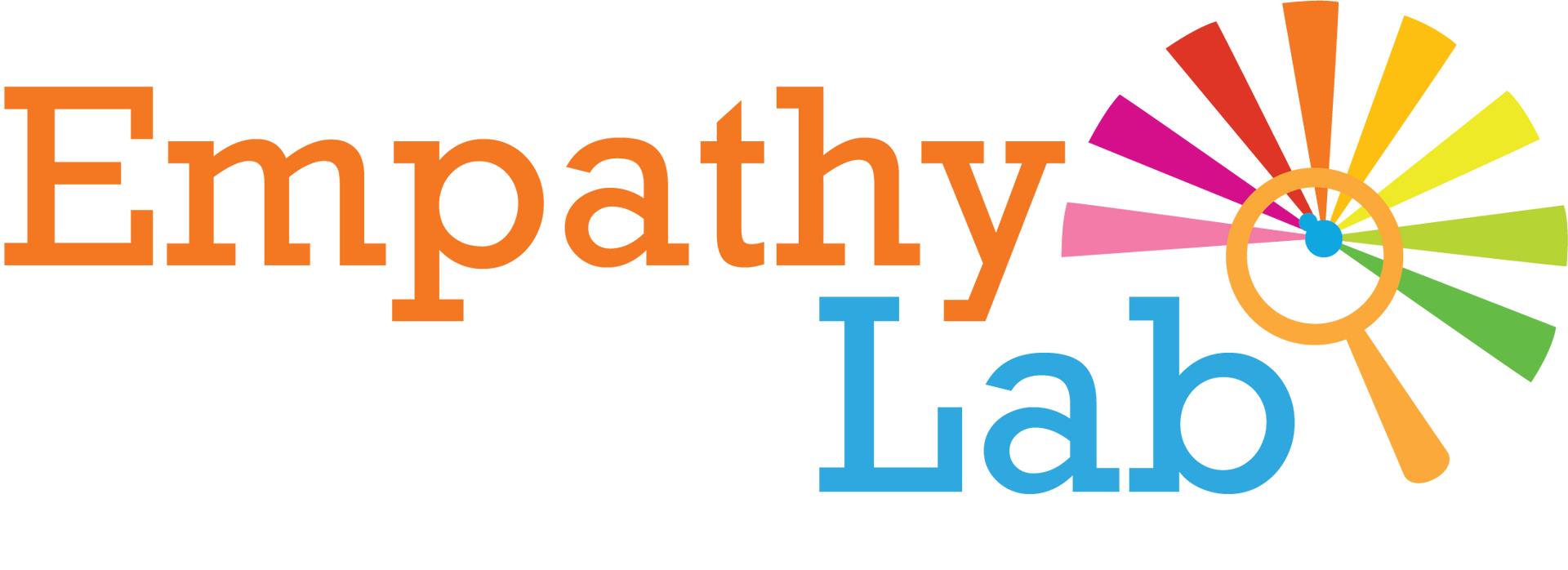P3 Implementing Tools
PHASE 3 - IMPLEMENTING TEACHING TOOLS AND RESOURCESImplementing the teaching tools in classrooms
Straight after the first assembly, work in classrooms starts. By now, staff should have a good grasp of EmpathyLab’s resources and start integrating the approach into teaching and the school day.
As an absolute minimum, we suggest using more empathy-rich texts, establishing a regular reading aloud slot and getting children recommending through Empathy Bookspotters. Use the empathy book-talking and listening guidance when discussing books, and consider sending the book-talking questions and empathy book review templates home, having briefed families.
Find opportunities for children to work collaboratively – in and across classes. Much of the classroom work can be echoed and reinforced at whole school level. This helps develop a sense of solidarity and community endeavor which will underpin the next two Phases. Think about how to make the work playful and creative, and build a sense of ownership - e.g. some primary schools create a buzz by every child wearing their Empathy Glasses, for special empathy-linked sessions. At secondary level, pupils could be given Empathy Activist lanyards, and take the lead in creating an Empathy Wall of Fame.
TOP TIPS
- Find ways to share the work. Invite staff to share good practice. Use everything possible, like staff meetings and notice boards, weekly memos
- Create a buzz around the books – teachers can be Empathy Bookspotters too
- Provide support to help embed empathy-focused practices. Ensure every child has access to empathy-building experiences
- Don’t forget to collect relevant impact information, using an Empathy Spots box in the staffroom. This will make Phase 6 much easier
- Keep the programme fresh by developing: a deep SLT commitment; collaborative learning; children taking the lead; author involvement; linking with other school priorities and initiatives


